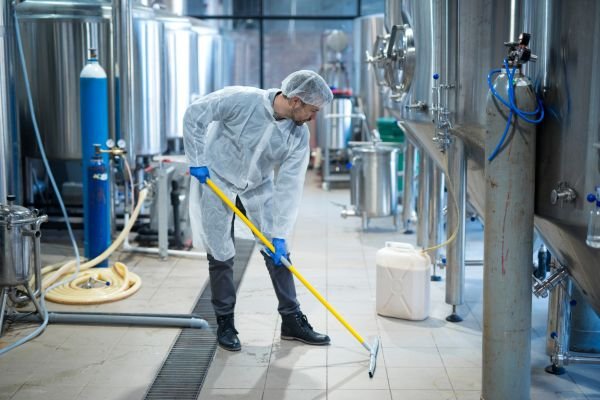Hoarding clean up services provide crucial support to individuals dealing with hoarding disorder and their families, helping to clear out clutter, sanitize living spaces, and restore homes to safe, livable conditions. This comprehensive guide explores the complexities of hoarding clean up, the processes involved, and the importance of a compassionate approach to this sensitive issue.
Understanding Hoarding Disorder
Hoarding disorder is a recognized mental health condition characterized by an individual’s persistent difficulty discarding or parting with possessions, regardless of their actual value. This behavior can lead to excessive accumulation of items, resulting in living spaces that are cluttered to the point of dysfunction. Hoarding can create significant risks, including health hazards, fire dangers, and strained relationships.
The Risks Associated with Hoarding
The implications of hoarding extend beyond mere clutter. Accumulated items can pose serious health risks, including:
- Fire hazards: Excessive materials can easily catch fire and block escape routes.
- Health issues: Clutter can lead to unsanitary conditions that attract pests and promote the growth of mold and bacteria.
- Structural damage: The weight of accumulated items can strain the structural integrity of a building.
The Role of Hoarding Clean up Services
Hoarding clean up services are specialized interventions designed to address the unique challenges posed by hoarding. These services are not just about removing unwanted items but also about providing a pathway towards a healthier lifestyle for the affected individuals.
Key Components of Hoarding Clean up
The first step in a hoarding clean up is a thorough assessment of the situation. This involves understanding the scope of the hoarding, the types of items accumulated, and the individual’s emotional readiness for clean up. This step is crucial for planning the clean up process and building trust with the client.
Creating a Customized Clean up Plan
Each hoarding situation is unique, and a customized clean up plan is essential. This plan should consider the individual’s emotional and physical needs, the severity of the clutter, and the desired outcome of the clean up.
Clutter Removal
The physical removal of clutter is a delicate process. It typically involves sorting items into categories such as “keep,” “donate,” “recycle,” and “trash.” Professionals must handle this phase with care, respecting the individual’s feelings about their possessions.
Deep Cleaning and Sanitization
Once the clutter is removed, the next step is deep cleaning and sanitizing the space. This stage is vital to address any health hazards that may have arisen due to the hoarding, such as pest infestations or mold growth.
Ongoing Support and Aftercare
Post-clean up support is critical to help individuals maintain a clutter-free environment. This may involve regular check-ins, organizing assistance, or mental health support to address the underlying issues of hoarding.
Challenges in Hoarding Clean up
Hoarding clean up can be emotionally challenging for the individual involved. Many hoarders develop a strong emotional attachment to their possessions, and parting with them can feel like losing a part of themselves. Professionals need to approach these situations with empathy and patience.
Safety Concerns
The clean up process can be hazardous. Workers may encounter biohazards such as mold, pests, and decay. Proper safety gear and procedures are essential to protect both the clean up crew and the residents.
Legal and Ethical Considerations
In some cases, there may be legal considerations, such as dealing with condemned properties or navigating local health regulations. Ethical considerations must also guide the clean up process, ensuring that the individual’s dignity is maintained. Clic Here.
Choosing a Hoarding Clean up Provider
Selecting the right hoarding clean up provider is crucial. Look for services that emphasize a compassionate approach and have experience dealing with hoarding situations. Providers should also be able to offer or connect individuals with mental health support to address the underlying causes of hoarding.
Hoarding clean up services are more than just trash removal; they are a vital part of helping individuals with hoarding disorder reclaim their homes and their lives. By combining professional clean up with compassionate care and ongoing support, these services can make a significant difference in overcoming the challenges of hoarding. This approach not only cleans homes but also helps heal lives, providing a fresh start towards a healthier, safer living environment. Contact Us.

